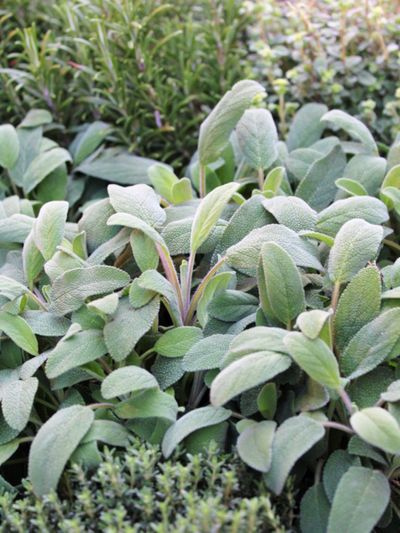What are evergreen herbs? They hold their leaves through the winter, giving you a ready source of fresh flavorings and medicinal tea all year around. An evergreen herb garden may slow down production through the coldest of the winter months, but there will always be a good supply of herbs until the spring buds burst open.
Types of Evergreen Herb Plants for the Garden
The types of evergreen herb plants vary from area to area, but most of them are viable in most climates with some care during extreme weather. Some of the popular varieties of evergreen herbs to plant are: Sage – Sage is known as a healing plant and experiments are being done with it being used for Alzheimer’s patients. For the rest of us, sage is a tasty addition to holiday meals or any dish with a meat base. Rosemary – This fragrant herb keeps its tiny needles on its branches all year long. There is no need to dry rosemary sprigs when you can simply clip off a fresh stem whenever you want to use it in a dish. Lavender – Long known for its soothing, relaxing fragrance, lavender flowers are popular edible items for gourmet salads and other dishes. Juniper – Although most people may view juniper as simply a landscaping plant, its pungent needles are used in culinary dishes as well as medicinal applications.
Caring for Evergreen Herbs
Growing evergreen herbs requires a little more care than raising annual varieties, but the rewards are worth the effort. Watch the weather and give these plants some protection during the worst of winter weather by piling leaf mold around the base and covering the plants with fleece or other warm fabrics. Provide shade and extra water during the worst of the summer heat, especially if you live in a southern state. Prune the herbs in the spring before the buds swell. You’ll have a healthier plant plus clippings to sprout for a new collection of herb plants.
